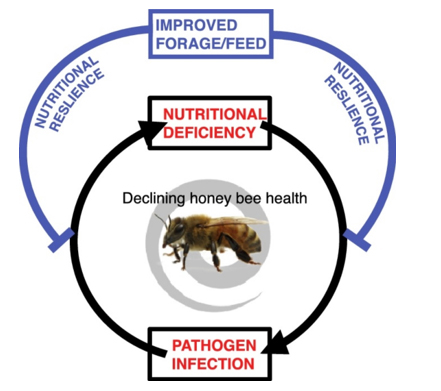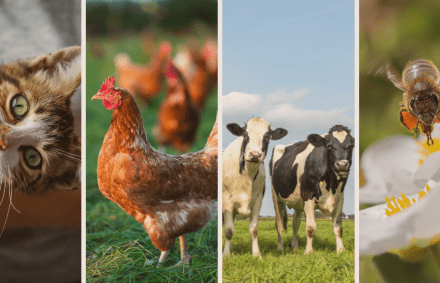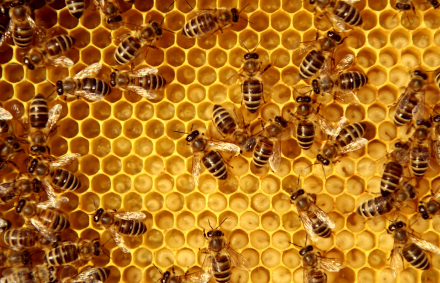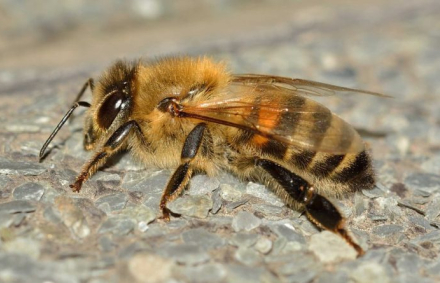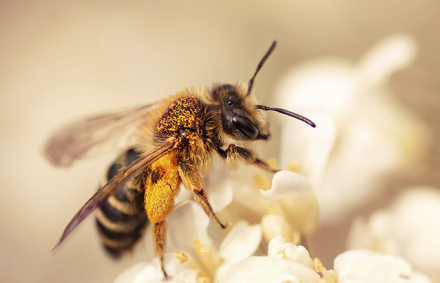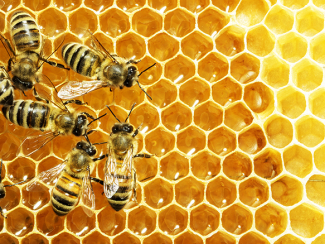
Bees and plants: a mutually beneficial relationship.
There are many plants that need to be pollinated by bees to produce seeds. Therefore, over time they have adapted their flowers to attract pollinators. Striking colors, platforms on which to perch, and most importantly the reward with food: nectar and pollen that they collect when they move from flower to flower.
The bees transform this nectar into honey, and the pollen into pollen bread, generating the collective reserves of the hive on which to feed when external inputs are scarce.
The bees' diet is based on honey and fermented pollen.
Honey provides sugars (80%) and minerals (0.5%). And the pollen bread also provides proteins (20%), fats (1%), vitamins and bio-active compounds (antioxidants, probiotics, etc.)
But not all pollen are the same. There are plants that produce pollen that is very rich in protein, such as willows and suckers; others have medium calories, such as rapeseed, almond; and yet others which are poor, such as sunflowers, orange trees, and holm oaks.
The weather also plays a role. If there is drought, the plant cannot produce pollen grains with many nutrients; as can be clearly seen under the microscope, these pollen will be misshapen, small and wrinkled.
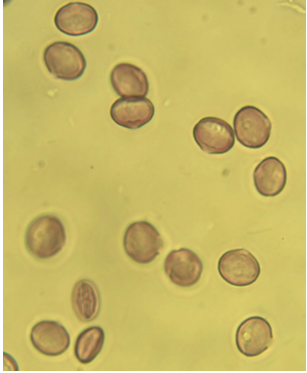
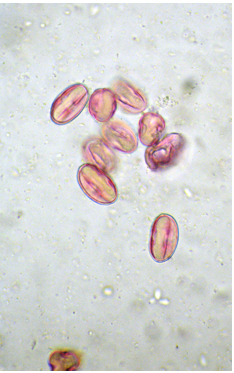
It also influences the stage in which the flowering the plant is. Initially, it has a great need to attract pollinators, so pollen is very rich in protein. As time goes by and the flowers are fertilized, the percentage of protein in the pollen decreases, as does its nutritional capacity.
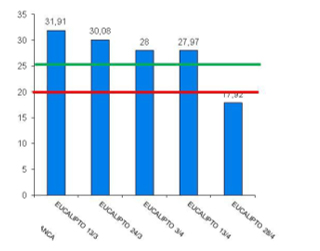
We can find 15-19 types of amino acids (Lipinski 2019) in pollen, 10 of which are essential; i.e, the bee must ingest them in its diet, since it cannot synthesize them. These essential amino acids must be in balance with each other to allow the bee to take advantage of them (the
so-called "funnel law": no matter how much you add, only the minimum amount will enter).
Relationship between % amino acids (De Groot 1953):
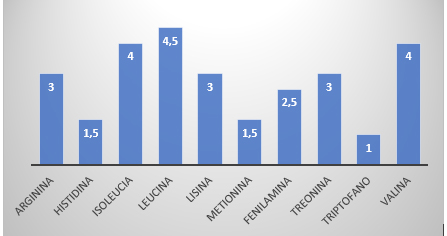
Not all pollen have all the essential amino acids. Some examples: eucalyptus is deficient in isoleucine, while some sunflower varieties are deficient in tryptophan.
Bees solve this problem by collecting various types of pollen. As a rule, we need to see various colors in pollen squares for a good protein diet, and to guarantee the presence of all amino acids.
During most of the pollen entry months we can differentiate more than 10 types, in midsummer 4 (Pajuelo personal communication), in mono-cultures 1.
The fermentation process in the honeycomb cells helps preserve pollen, and enriches it with vitamins, probiotics, and other components.
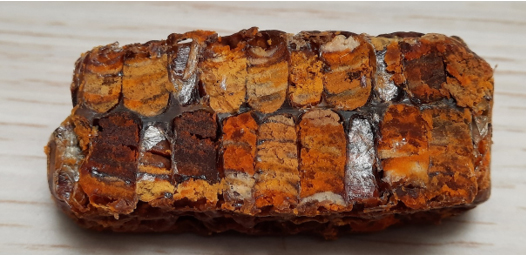
Young bees need large amounts of protein to secrete into royal jelly, as seen in the leucine content graph, an amino acid, in the bee hemolymph. It is evident that after 15 days, when they no longer produce jelly, the content of the amino acid leucine in their hemolymph drops to 1/5.
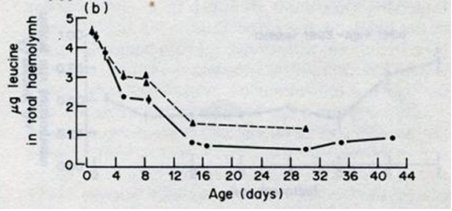
If the hives lack varied pollen, the production of royal jelly will decrease, so there will be a higher mortality among the larvae, which will give an image of "spattered brood" and "dry" young larvae, without jelly. When these larvae reach adults, they will be smaller ("short"), more sensitive to disease, and will live and work less.
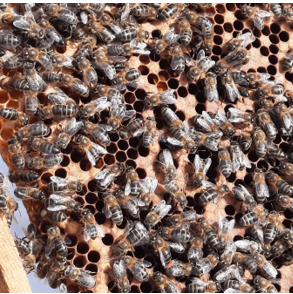
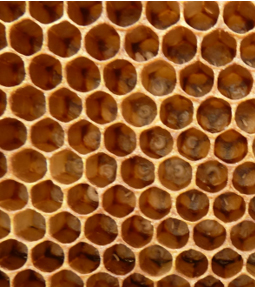
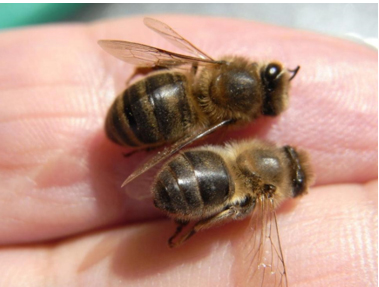
Throughout the season there are some critical moments when pollen is needed, of which there are two types:
- The restart in spring, with its great population growth
- The fall, in which a rebound of brood is needed to repopulate the hive with young, well-nourished bees that will withstand the winter well.
To cover the needs of the hives at such times, we can resort to two types of actions:
- Transhumance to suitable blooms. As an example, given the characteristics of our Mediterranean climate, with periods without rainfall, 80% of Spanish hives are transhumant (MAP).
The provision of adequate complementary feed. And here we can clearly see the situation if we remember that in Spain more than 30 formulations of these feeds are sold, plus those prepared by a large part of the professionals with their own formulations.
Recent studies suggest that poor bee nutrition can exacerbate the negative impacts of infectious viral and fungal diseases. And conversely, common bee parasites and pathogens can affect the nutritional physiology of bees. This establishes the potential for harmful feedback between poor nutrition and infectious disease, which can contribute to the spiraling decline in bee health.
